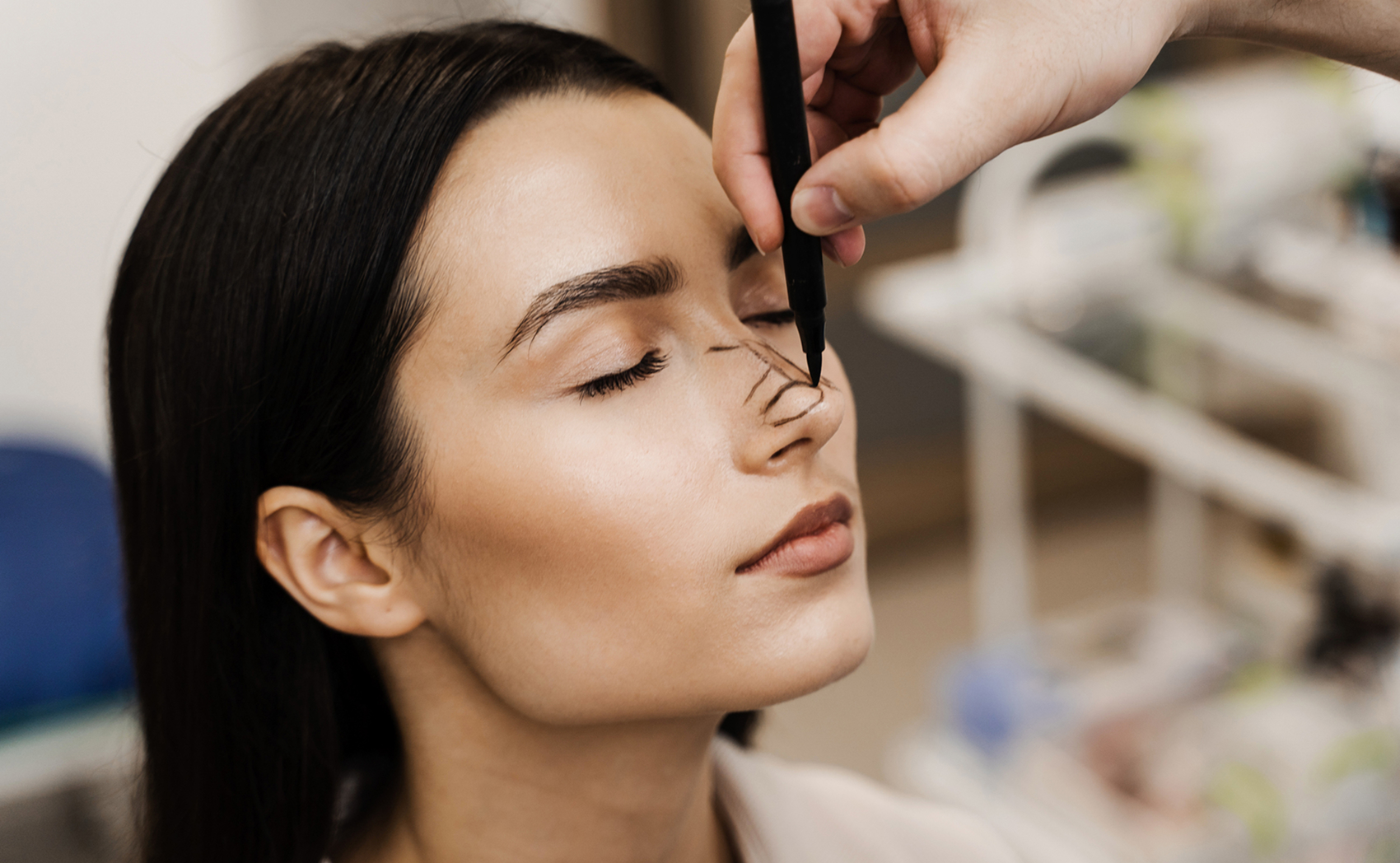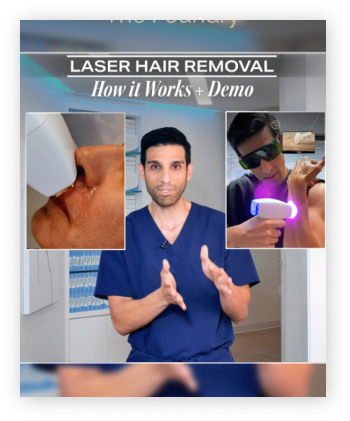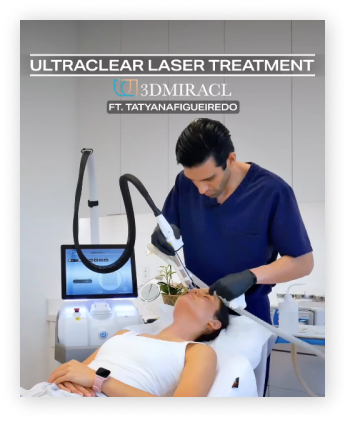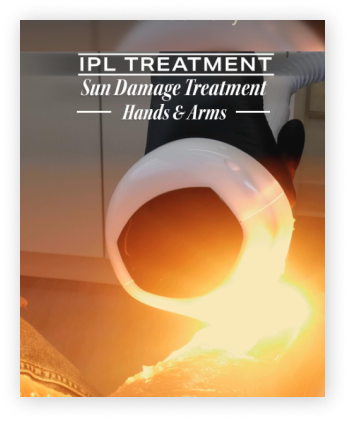A liquid nose job, or non-surgical rhinoplasty, offers an innovative solution to reshape the nose without the need for invasive surgery. By using dermal fillers, this procedure can address imperfections, smooth bumps, and define contours—achieving natural-looking results with minimal downtime. Increasingly popular among those seeking subtle, immediate changes, liquid rhinoplasty is a versatile, cost-effective option that brings noticeable improvements without the commitment or recovery of traditional rhinoplasty.
How Liquid Rhinoplasty Works: The Science Behind It
Liquid rhinoplasty leverages the power of dermal fillers to sculpt and reshape the nose with precision. Unlike traditional rhinoplasty, which involves altering bone and cartilage, this non-surgical procedure works by injecting hyaluronic acid-based fillers, such as Restylane or Juvederm, into specific areas of the nose. These fillers add volume, smooth out bumps, and lift drooping tips, creating a harmonious balance. What makes liquid rhinoplasty particularly effective is its ability to precisely mold the filler into the desired shape, offering a customized result for each patient. The fillers work by temporarily integrating into the skin’s tissue, providing structure without the permanence or invasiveness of surgery. Interestingly, these fillers also stimulate collagen production, potentially improving skin elasticity over time, contributing to more sustainable results. It’s a refined, minimally invasive solution with visible transformations almost immediately.
How Long Does a Liquid Nose Job Last?
The duration of results from a liquid nose job typically ranges from 6 months to 2 years, but this can vary significantly based on several factors. The type of filler used plays a key role—hyaluronic acid fillers, like Restylane and Juvederm, usually last between 6 to 12 months, while longer-lasting options, such as Radiesse, can extend results up to 18 months. Additionally, the area treated influences longevity; regions with more movement, such as the tip of the nose, may require touch-ups sooner. Individual metabolic rates also impact how quickly the body breaks down the filler. Clients with faster metabolisms or higher physical activity levels may notice shorter-lasting results. Ultimately, factors like skin elasticity, aftercare, and the injector’s technique all contribute to how long the effects will persist, making it essential to tailor the approach to each patient’s unique needs.
Factors That Affect the Duration of Results
The longevity of a liquid nose job is not simply determined by the filler used—it’s influenced by a variety of personal and environmental factors that make each result unique. Below are key elements that contribute to the duration of results:
- Type of Filler Used: Hyaluronic acid-based fillers (like Restylane and Juvederm) are popular due to their natural-looking results but typically last between 6 to 12 months. Fillers such as Radiesse or Sculptra, which stimulate collagen production, can last up to 18 months or more, providing more durable outcomes.
- Injection Depth and Area: The location and depth of the injection can affect how long the filler lasts. Fillers placed deeper into the skin, especially near the bone, tend to last longer than those injected superficially in more dynamic areas, such as the tip of the nose.
- Metabolic Rate: Faster metabolisms break down fillers more quickly. Individuals with high metabolic rates or active lifestyles may notice that the filler dissolves sooner compared to those with slower metabolisms.
- Facial Movement and Expressions: Areas of the face that are in constant motion (such as the nose tip) may experience faster breakdown of filler material due to constant shifting and pressure. Conversely, more stable areas tend to hold filler longer.
- Skin Health and Hydration: Well-hydrated skin can support filler longevity by maintaining optimal elasticity, making it easier for the filler to integrate and stay intact. Dry, dehydrated skin may lead to faster filler degradation.
- Aftercare and Maintenance: Following post-procedure instructions closely can extend the life of your filler. Avoiding sun exposure, not applying excessive pressure, and refraining from strenuous activities during the initial recovery period can help preserve results longer.
- Injection Technique and Filler Layering: Skilled injectors understand how to layer fillers and place them at precise depths to ensure the most natural and lasting outcome. Proper technique reduces the likelihood of uneven distribution, which could shorten the duration of results.
How to Make Liquid Nose Job Results Last Longer
To maximize the longevity of your liquid nose job, consider adjusting your lifestyle and skincare routine. Staying hydrated is key; well-hydrated skin helps fillers integrate more effectively and prolong their effects. Avoid excessive sun exposure, as UV rays can break down the filler faster and compromise the results. Incorporating collagen-boosting skincare products, such as retinoids or vitamin C serums, can help stimulate natural skin regeneration, which supports filler retention. Additionally, facial exercises, especially those targeting the muscles around the nose, can help maintain the shape and support of the filler. Be mindful of high-impact physical activities that may cause swelling or alter the filler’s position. Regular follow-up appointments with your injector for touch-ups or maintenance treatments also help extend the results. Ultimately, good skincare, cautious activity, and professional care can significantly lengthen the time between treatments.
Liquid Rhinoplasty vs. Surgical Rhinoplasty: Comparing Longevity and Results
Liquid rhinoplasty offers temporary, yet customizable results that can last between 6 months to 2 years, depending on the filler used and individual factors. This non-surgical option provides a faster recovery with minimal downtime, but the results are reversible, allowing for adjustments over time. In contrast, surgical rhinoplasty offers permanent results by altering the bone and cartilage structure of the nose. While it requires more recovery time and carries higher risks, surgical rhinoplasty provides long-term, predictable outcomes. The key difference lies in flexibility—liquid rhinoplasty allows for changes as the patient’s needs evolve, whereas surgical rhinoplasty is a one-time, permanent commitment.
Liquid Nose Job Side Effects: What to Expect
While liquid rhinoplasty is generally considered safe, it’s important to be aware of potential side effects. The most common reactions include mild swelling, bruising, or redness around the injection site, which typically resolves within a few days. Some patients may also experience slight asymmetry, especially if the filler shifts in the initial days after treatment. Rarely, more severe side effects such as lumps, infection, or vascular complications may occur, particularly if the filler is injected incorrectly. To minimize these risks, it’s essential to choose an experienced injector and follow post-treatment care instructions carefully. Additionally, some individuals may experience temporary numbness or tenderness at the site of injection, but this usually fades within a few weeks. Ensuring proper aftercare and attending follow-up appointments can help manage side effects and ensure the best possible outcome.
Conclusion
Liquid rhinoplasty offers a flexible, non-invasive alternative to traditional nose surgery, providing immediate results with minimal downtime. While the effects are temporary, they can last up to two years, depending on factors like the type of filler used and your individual skin characteristics. Whether you’re seeking subtle refinement or correction of minor imperfections, liquid nose jobs offer a personalized solution with fewer risks compared to surgical procedures. If you’re considering a liquid nose job, our experts at The Foundry are here to guide you through the process. Visit us or call (626) 240-1212 to schedule your consultation and discover how a non-surgical nose job can enhance your profile.











